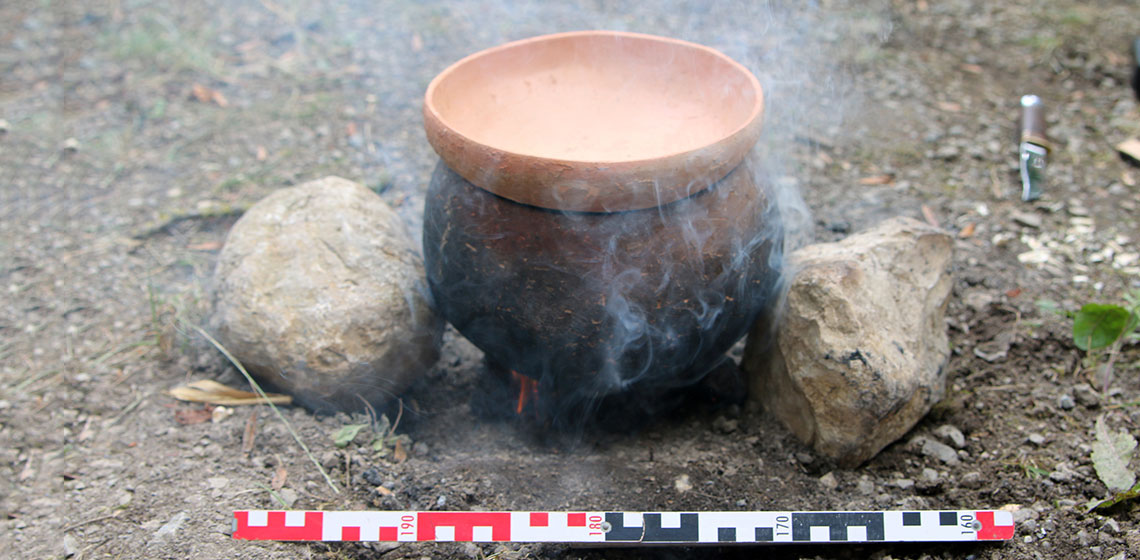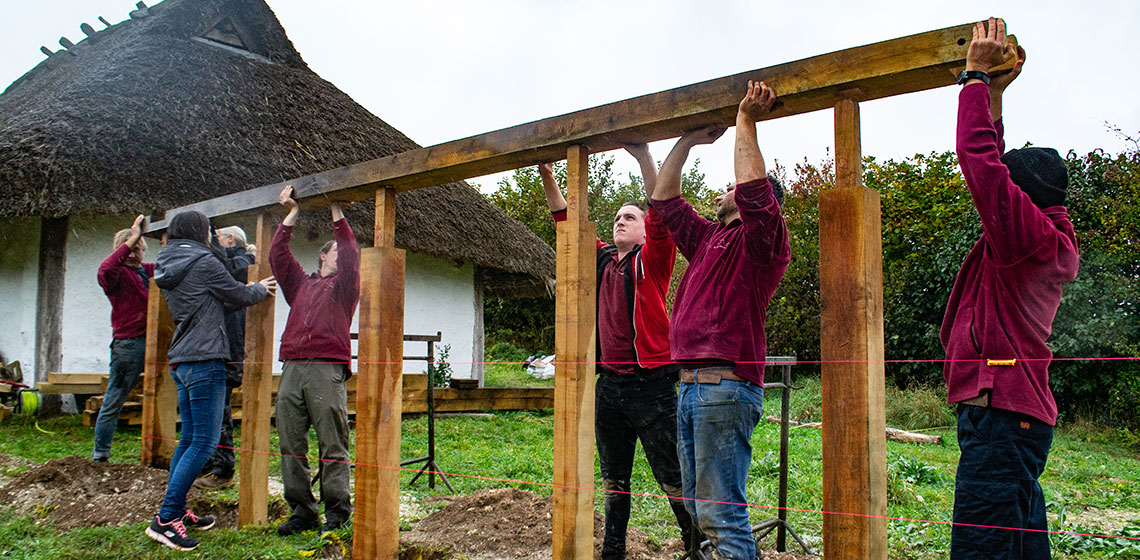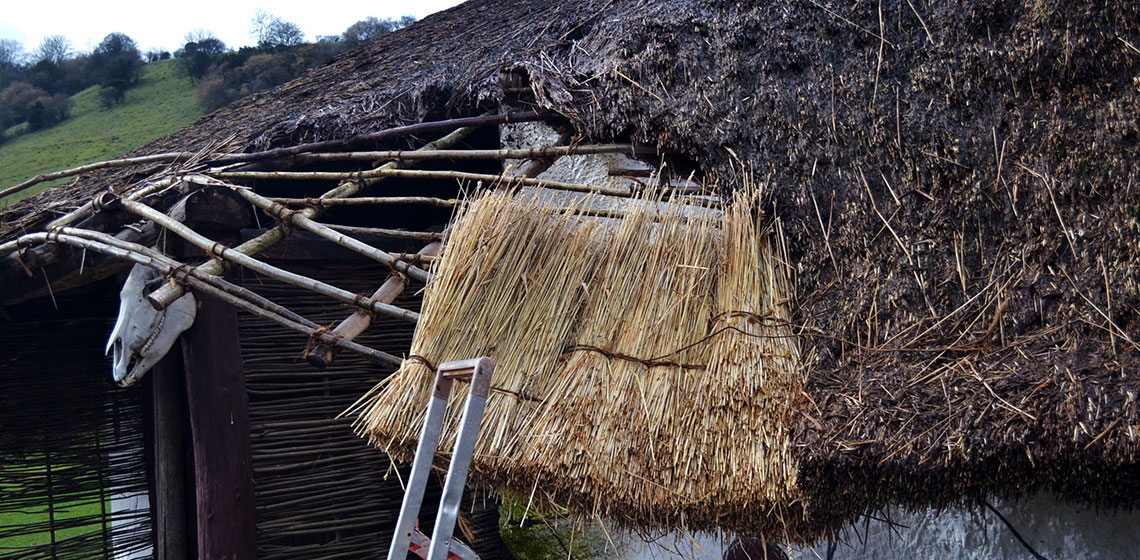EXARC Journal Issue 2019/1



24 Articles | DOAJ | Open Access
ISSN: 2212-8956
Publishing date: February 20, 2019
📄 EXARC Journal 2019/1 Table of Contents
Copyrights: EXARC, 2019
Summary
Since we published our new website a year ago, we are getting more articles submitted for our EXARC Journal than before. In this issue you will find eleven Peer-Reviewed articles and thirteen Mixed Matters articles. That all is published - checked, edited, checked, reviewed, designed - thanks to the huge effort of our volunteers.
The articles in 2019-1 cover many subjects, of which Experimental Archaeology seems to be one of the main topics, history of flint knapping, but also an article about what is Experimental Archaeology and its future. We also wonder about the kind of fuel used in Egypt and Sudan for cooking as well as how did Romans cook in Romania. We include two articles on constructions at Kierikki Stone Age Centre, made by Peter Groom and his students. With EXARC being part in CRAFTER project we publish now two articles on Bronze Age ceramics. And we checked how education and interpretation is doing in Catalonia and the Scottish Highlands. Fire-Setting in Ancient Mines and Vegetable Plaiting Materials from Iraq are also worth looking at.
Next to this, we have several Mixed Matters articles, with some interviews, book reviews, conference reports et cetera. Check The Effect of Climate Change in Experimental Archaeology by David Freeman. Also interesting: How to Run a Reenactment - Introduction to Reenactments and Reenactors, Part 1 by Deb Fuller. More parts coming in next issues.

























